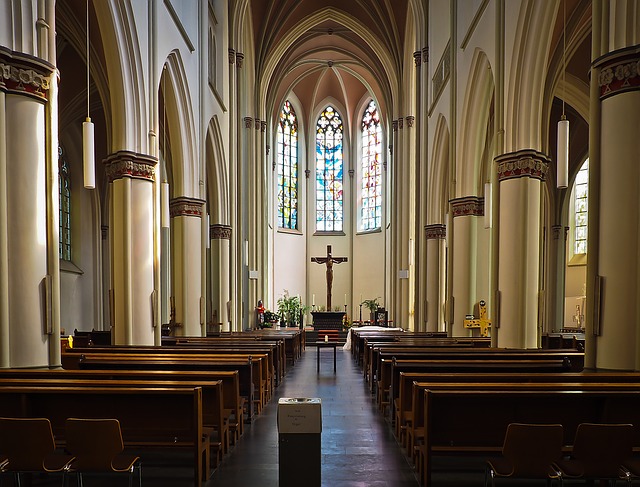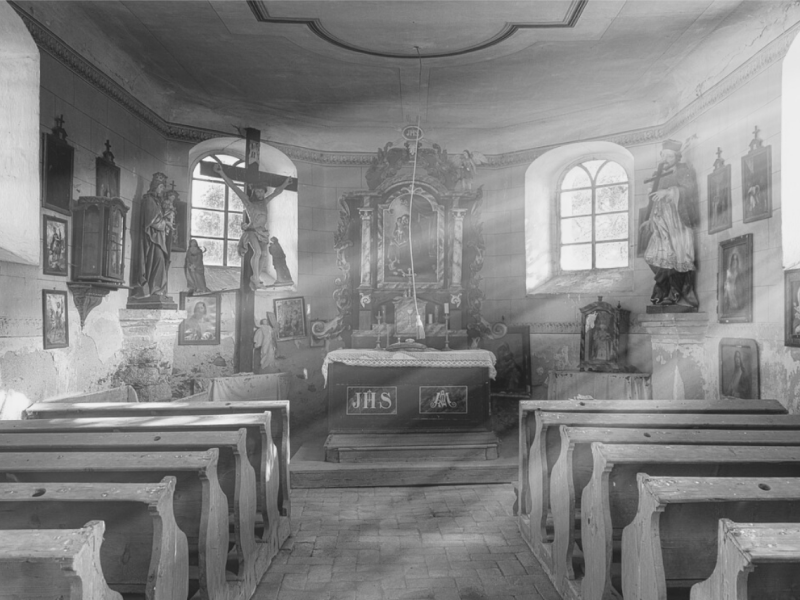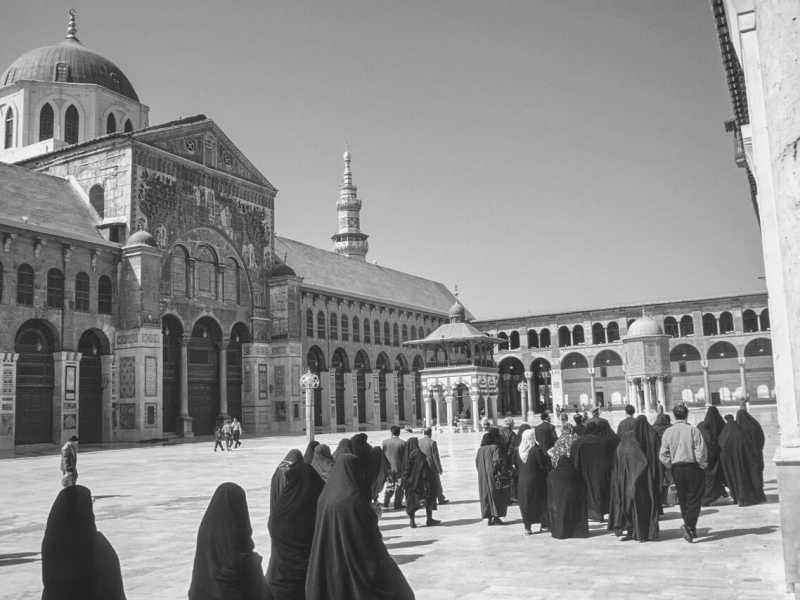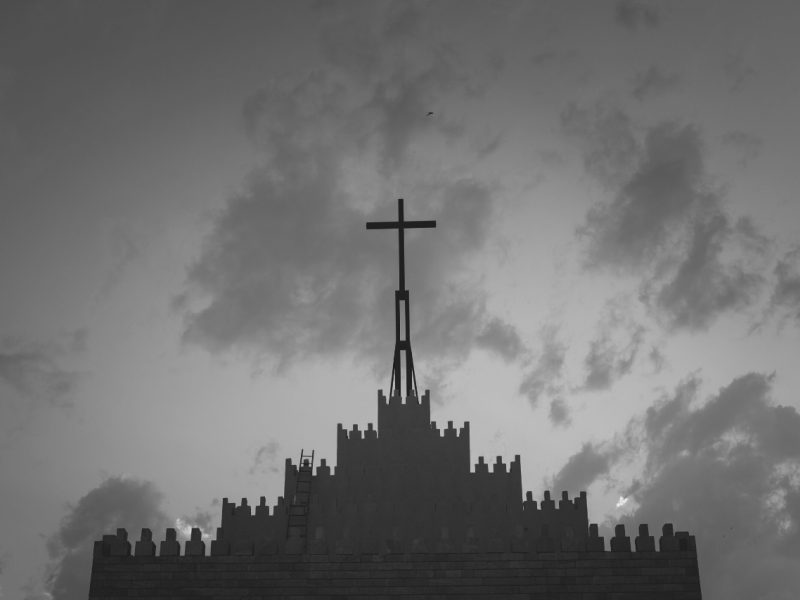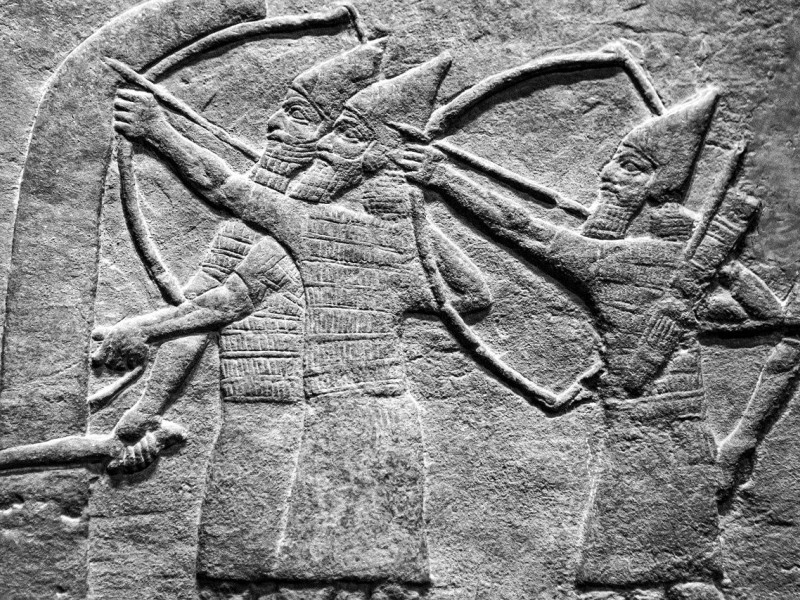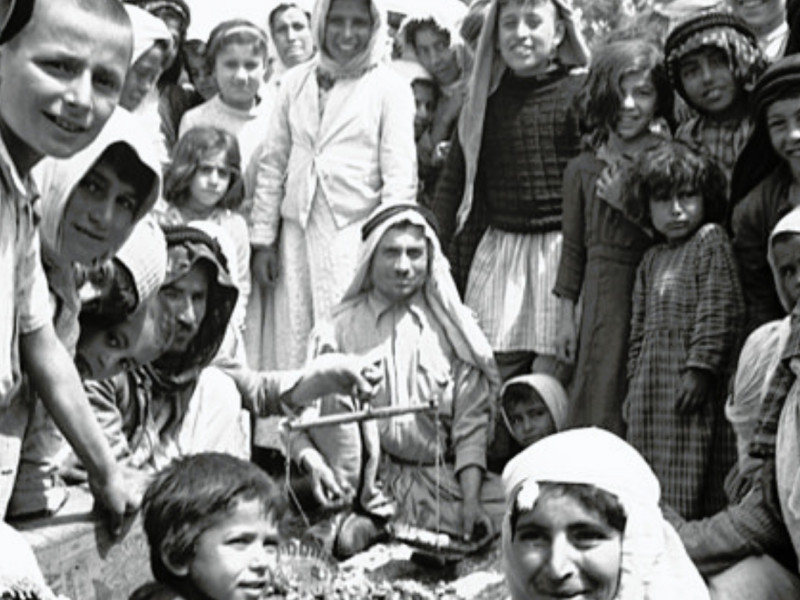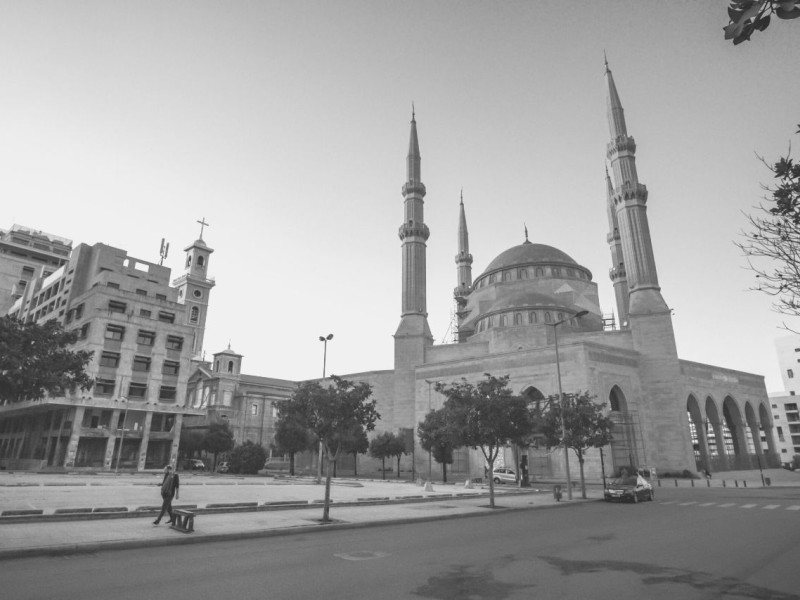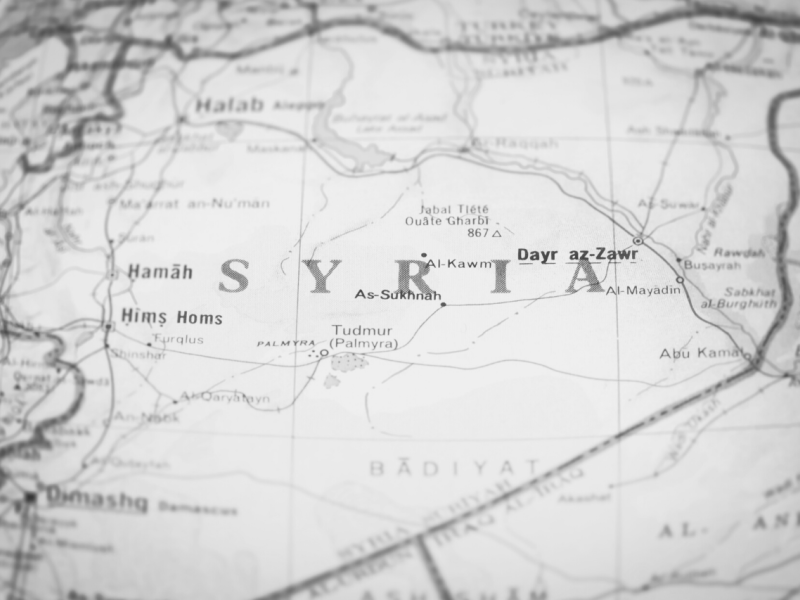The Syriac Catholic Church: A Christian Church In A Muslim World
The Syriac Catholic Church was primarily created by the Catholic missionaries’ efforts who traveled to Aleppo and other regions of Syria during the 17th century. Catholicism spread throughout Syria’s Christian population, rivaling the Syrian Orthodox Church by the end of the century.
During World War I, the Turkish atrocities in the Assyrian Genocide created a mass exodus of Syrian Catholics away from Syria and Turkey. The Syriac Catholic Patriarch moved its residence to Beirut, Lebanon, in the 1920s, where it still exists today. The Syriac Catholic Church is one of the largest Eastern Catholic Churches, boasting an estimated 200,000 members.
While most Syrian Catholics live in Syria, Iraq, and Lebanon, many have migrated to the United States and Venezuela during the late 20th and early 21st centuries, mainly due to the region’s violence and unrest.
In this article, we will explore the history and modern-day practices of the Syriac Catholic Church.
Syriac Catholic Patriarchate of Antioch
The Syrian Catholic Church is one of the 23 Eastern Catholic Churches. The church is fully autonomous and is in communion with the Holy See of Rome.
The Church’s current Patriarch is Mor Ignatius Joseph III Younan, who has led the Church since 2009. The Patriarch has the title of “Patriarch of Antioch and All the East of the Syriacs.” He is residing in Beirut, Lebanon.
Early History
Throughout the Crusades of the 11th to the 13th centuries, many Syrian Orthodox bishops had friendly relationships with the Catholic church in Rome. Many of these Orthodox bishops even advocated for unification with Rome.
There was a decree of the union at the Council of Florence between the Syriac Orthodox Church and the Roman Catholic Church on November 30, 1444. However, the decree was dismantled soon afterward by members of the Syrian Orthodox Church who dissented to the union.
Catholic Missionaries of the 17th Century
During the 1620s, Catholic missionaries, namely, Jesuits, began a conversion campaign throughout Syria, concentrating especially in the city of Aleppo. These missionaries created a growing community of Syrian Catholics in the city during the next decades. By 1662 so many Syrian Christians were aligned with Rome that when the Patriarchate became vacant, Andrew Akhidjan, a devout Roman Catholic, became Patriarch of the Syrian Church.
In 1677 upon Akhdijan’s death, there was a split between the pro-Catholic and anti-Catholic members of the Syriac Christian community, and both an Orthodox and a Catholic patriarch held power over the Syriac church at this time. Catholic influence in the Syriac Church would end in 1702 when the Catholic Patriarch died.
Persecution
Much of the 18th century marked a time of great persecution for Syrian Catholics, as members of both the Ottoman government and the Syriac Orthodox Church encouraged Syriac Catholics’ oppression. Much of the catholic population of Syria went underground during this period.
This underground period of persecution finally came to an end when Michael Jarweh, the bishop of Aleppo, became Patriarch in 1783. After becoming Patriarch, he declared that he was a devout Catholic and in communion with Rome. He soon moved the Patriarchate to Lebanon, where he built the monastery of Our Lady at Sharfeh, which still exists today.
The Syriac Catholic Church was officially legally recognized by the Turkish government in 1829, and the Patriarch’s residence was formally placed in Aleppo in 1831. The Patriarchate was later moved to Mardin in modern-day southeast Turkey in 1850.
During the Assyrian Genocide of World War 1, an estimated 75,000 Syrian Catholics were killed by Turkish nationalists, namely the “Young Turks.” During the 1920s, the Patriarch’s residence moved to Beirut because many Catholics were fleeing from Syrian and Turkish persecutions.
The Church Today
Today, the Syriac Catholic Church has an estimated 200,000 members, located mainly in Syria, Iraq, and Lebanon. Despite Christians’ presence in much of the Syrian elite class, Muslims vastly outnumber Catholics in Syria, and Syrian children are taught Islam throughout the public-school system.
In comparison, nearby Lebanon, where the Patriarchate is located, is much more welcoming to Catholics, as it actively helps supply Catholic schools, churches, and programs with resources.
Throughout the late 20th century and early 21st century, the violence across the Middle East has caused a mass exodus of refugees from the region. There has been an influx of Syrian Catholics that have migrated mostly to the United States and Venezuela.
The Syrian Churches themselves have found themselves caught in the middle of the region’s violence, as 58 Syriac Catholics were killed in a Syrian Catholic Church in Baghdad, Iraq by Islamic extremists on October 31, 2010. A Syrian Catholic priest was kidnapped and held hostage by the Islamic State in 2015 and two other Catholic Orthodox priests that extremists kidnapped in 2013.
The Syriac Catholic Church’s liturgy has many practices in common with the Syrian Orthodox Church, such as its “Liturgy of the Hours,” which is the set of prayers and psalms said at a fixed time daily by Christians. Today, some married priests in the Syriac Catholic Church, despite being bound to celibacy in 1888 by the Syriac Catholic local Synod of Sharfeh.
Arabic is the Syrian Catholic Church’s primary language, though some Catholics speak Syriac in Eastern Syria and Northern Iraq. The ancient Semitic Syriac language is a dialect of the Aramaic language, which Jesus and the apostles used.
The Syriac language is still used today in many hymns and throughout Syriac Catholic liturgy.
Paraphernalia of the Liturgy
During the Qurbono, the act of communion in Syriac Christianity, members of the Church use fans with bells on them that are engraved with “seraphim,” symbolic depictions of God’s angels. During Qurbono, a church member would stand behind the Church’s Bishop and shake the fans to symbolize the angels. These fans are also commonly used during the epiclesis, the invocation and prayer to the Holy Spirit, shaken by two men while the priest speaks.
“Thuribles,” or religious incense burners, are commonplace throughout Syriac Catholic churches. The thurible has 9 bells attached to it, representing the 9 levels of angels.
The ranking of clerics within the Syriac Catholic Church is very similar to the ranking in the Syriac Orthodox Church aside from a few key differences:
While all celibate priests are classified as monks in the Syriac Orthodox Church, not all Syriac Catholic priests take monastic vows. There is also a more considerable distinction between the major and minor orders (ranks) in the Syriac Catholic Church. A man is tonsured—the top of the head is either clipped or shaved—as soon as he receives his first minor order of Mzamrono. (The deacon who leads the choir in the church during service.)
The Syriac Catholic Church’s ministry orders are identical to the orders of the Syriac Orthodox Church. The major orders are Bishop, Kahno (Priest), and Mshamshono. (Deacon) The minor orders are Afudyaqno (Sub-deacon), Quroyo (Lector), and Mzamrono. (Cantor)
Conclusion
We’ve explored many components of the modern Syriac Catholic Church and its history.
Let’s sum up the principal characteristics of the Syriac Catholic Church:
The Syriac Catholic community was primarily formed during the 17th century when Jesuits and other Catholic missionaries traveled to Aleppo.
The Syrian Catholic and Orthodox communities rivaled each other during the mid to late 17th century.
During the 18th century, the Syrian Catholic community was forced mainly to practice Catholicism underground as they were heavily persecuted by both Syrian Orthodox Christians and the Ottoman government.
This persecution would finally end when the Catholic bishop of Aleppo became Patriarch of the Syriac Church in 1783.
Turkish nationalists killed around 75,000 Syrian Catholics in the Assyrian genocide during World War1. There was a mass exodus of Syrian Catholics from Syria and Turkey after the war, as the Patriarch’s residence moved to Beirut, Lebanon.
Today there are an estimated 200,000 Syrian Catholics. While most are located in Syria, Iraq, and Lebanon, Syrian Catholic communities have sprung up in the United States and Venezuela throughout the late 20th and early 21st centuries.
The Syriac Catholic Church has many characteristics in common with the Syriac Orthodox Church.
Although the Syriac Catholic Church is relatively new as an established Catholic religious institution aligned with Rome, it is one of the Middle East’s most prominent Catholic institutions. Only time will tell if the Syriac Catholic Church and the other Eastern Catholic Churches will create an increased Christian presence in the Middle East.
With the widespread violence and unrest that has characterized the region throughout the 21st century, the Syriac Catholic Church and its teachings have undoubtedly been a tremendous asset to Syrian Christians seeking refuge from the conflicts in the region.

